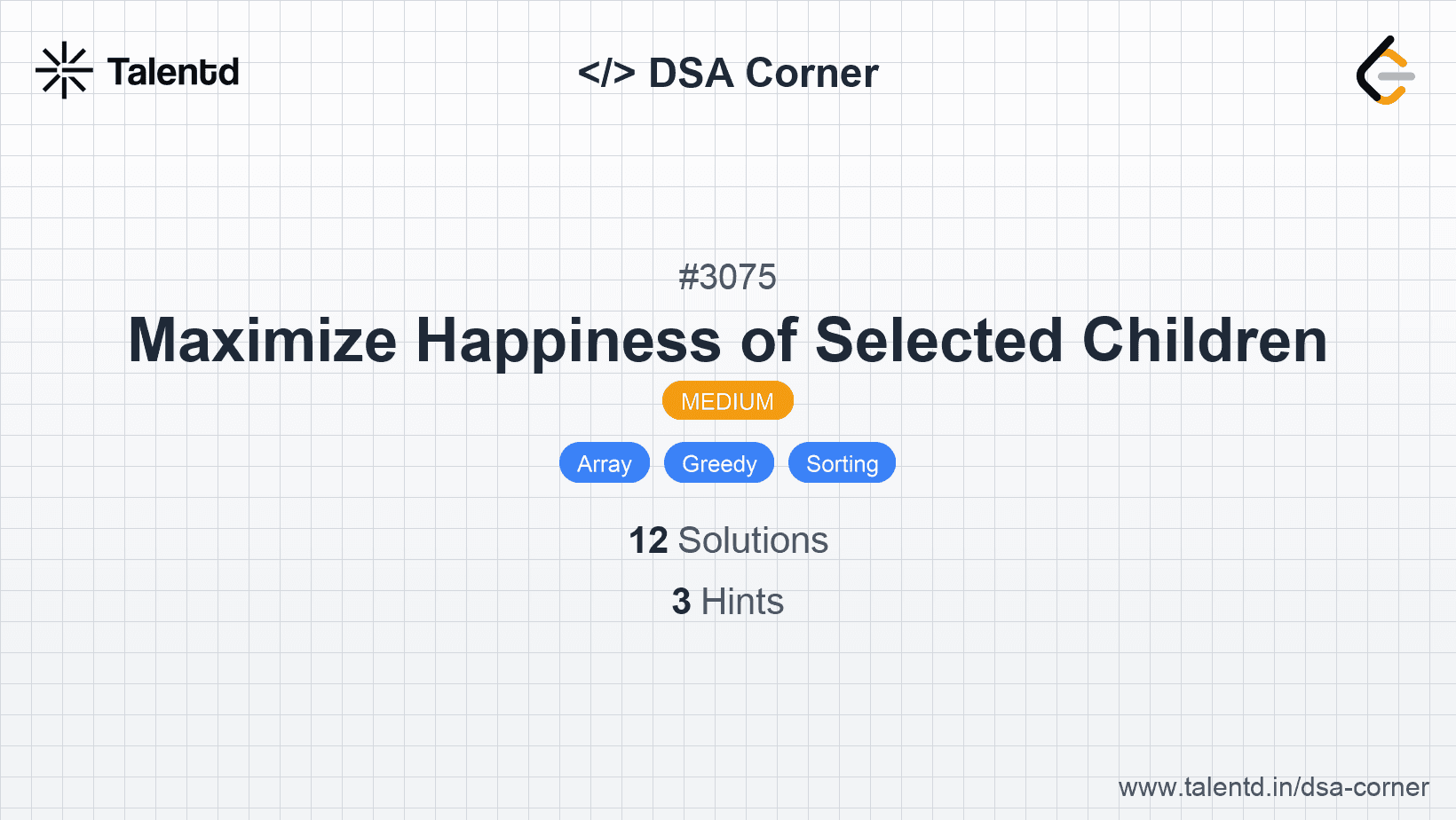
Sponsored
Sponsored
This approach involves sorting the input data first and then finding the solution by traversing through the sorted data. This approach is generally straightforward and often leads to a solution by leveraging sorted order, which simplifies many problems, such as finding pairs or detecting duplicates.
Time Complexity: O(n log n) due to sorting.
Space Complexity: O(1) or O(n), depending on the usage of additional data structures.
1def solve(arr):
2 arr.sort()
3 print(' '.join(map(str, arr)))The Python solution sorts the list using the list sort method and prints the elements in a single line. After sorting, you can implement the specific logic for the problem.
This approach leverages a hash map to efficiently solve problems requiring quick lookups or to detect duplicates. This method is optimal for problems where you need to count occurrences or require O(1) average-time complexity for lookups.
Time Complexity: O(n)
Space Complexity: O(n) for the hash map.
1This Python solution employs a dictionary to count how many times each number appears in the list, efficiently providing results for counting duplicates or frequency transformations.